I’ve Traveled to 12 Unusual Places Everyone Should Visit + 5 That Are More Trouble Than They’re Worth
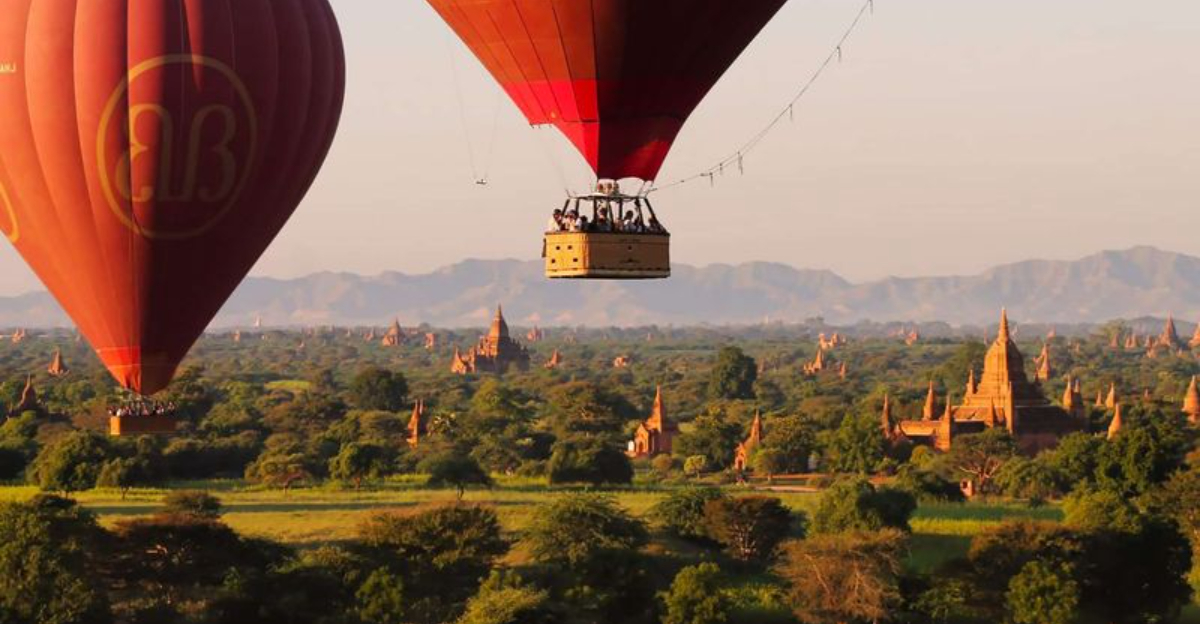
After twenty years chasing the world’s most off-the-grid places, my passport reads like a traveler’s scavenger hunt. From remote islands to forgotten border towns, I’ve uncovered destinations few dare to visit. But let’s be real — not every obscure corner holds hidden magic.
Some deliver once-in-a-lifetime moments, while others turn into expensive detours best left off your bucket list. Here’s my brutally honest take on which unusual spots are truly worth the journey — and which ones you can confidently skip.
1. Socotra Island, Yemen
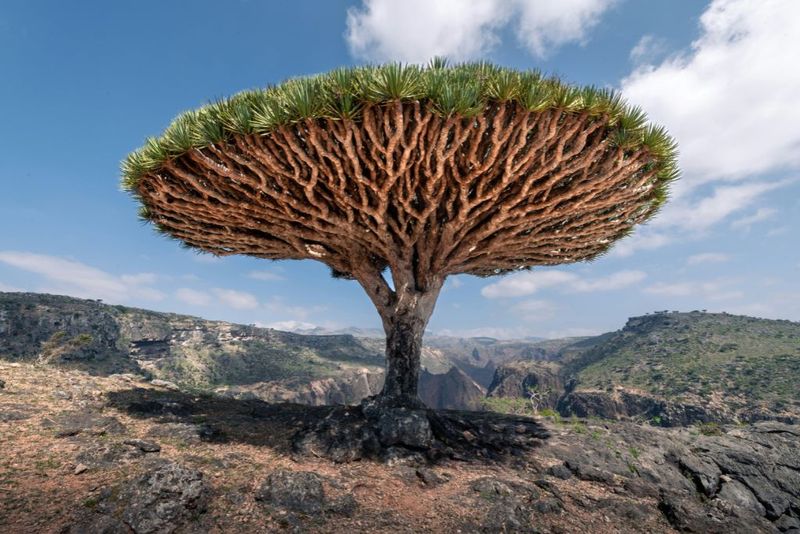
Stepping onto this remote island feels like landing on another planet. The landscape boasts bizarre dragon blood trees with umbrella-shaped tops and twisted trunks.
Socotra remains largely untouched by tourism despite its UNESCO status. Local Bedouin guides share ancient traditions while you explore otherworldly beaches without another soul in sight.
2. Chernobyl Exclusion Zone, Ukraine

Eerily silent streets tell stories of sudden evacuation amid nuclear catastrophe. The abandoned Ferris wheel in Pripyat stands frozen in time, never having given a single ride before disaster struck.
Chernobyl tours now operate with strict safety protocols. Wildlife has reclaimed this human-free zone, creating a haunting yet fascinating glimpse into how nature rebounds when we disappear.
3. Danakil Depression, Ethiopia
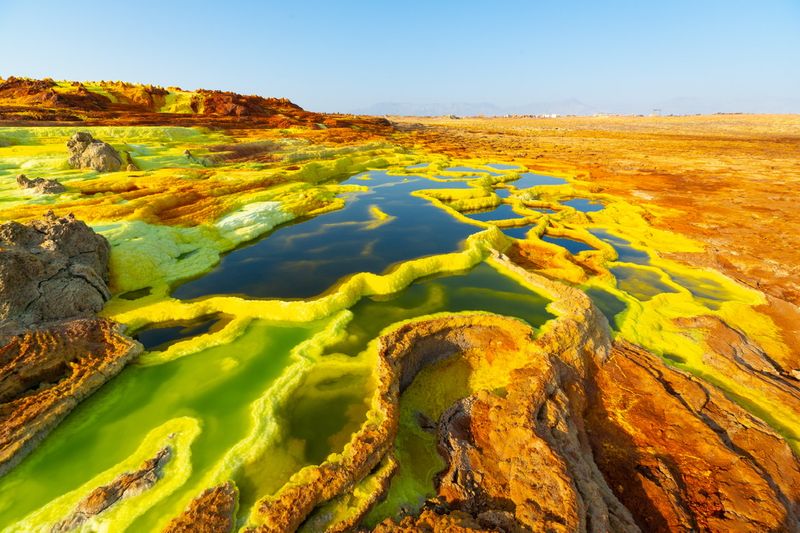
Neon yellow sulfur fields bubble like witches’ cauldrons against an alien landscape. The scorching heat makes this one of Earth’s most inhospitable environments, yet somehow it captivates with its raw beauty.
The Danakil Depression sits 410 feet below sea level. Local Afar tribesmen extract salt blocks from the vast plains, continuing a tradition unchanged for centuries, offering glimpses into an ancient way of life.
4. Wadi Rum, Jordan
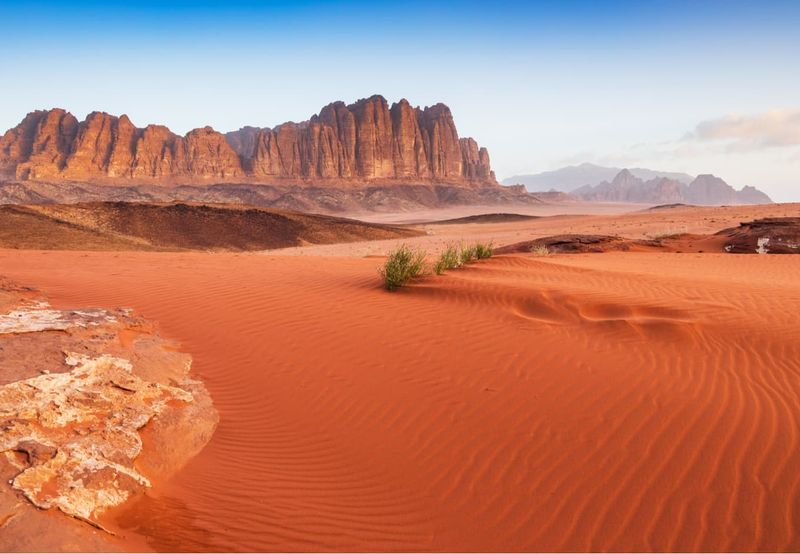
Red sand stretches endlessly beneath towering sandstone mountains. The stars here shine with unbelievable clarity, free from light pollution and seemingly close enough to touch.
Wadi Rum has served as the backdrop for countless Mars movies. Bedouin camps offer authentic experiences with traditional music around campfires, creating memories that stick with you long after the desert dust has washed away.
5. Faroe Islands, Denmark
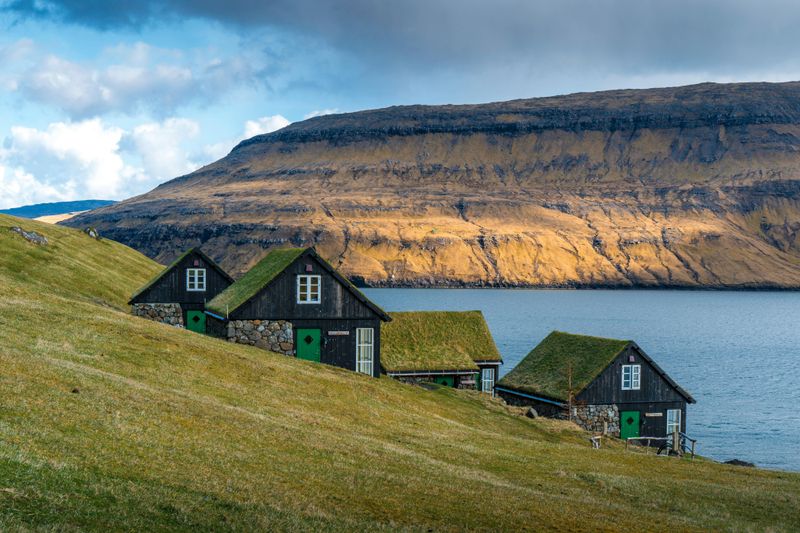
Grass-roofed houses dot dramatic cliffs that plunge into the wild North Atlantic. Sheep outnumber humans on these windswept islands where weather changes in minutes from sunshine to sideways rain.
The Faroe Islands remain refreshingly uncommercial. Hiking trails lead to viewpoints that make your heart stop, while tiny villages welcome visitors with homemade meals and stories of surviving harsh winters in this remote Nordic outpost.
6. Palawan Underground River, Philippines
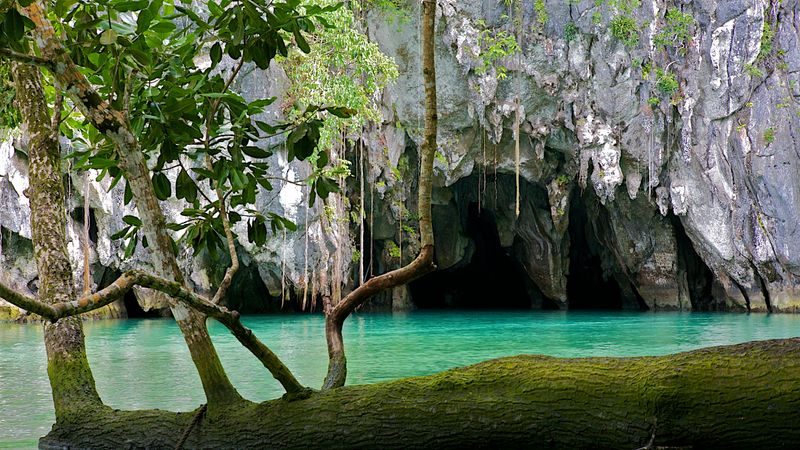
Gliding through darkness, limestone formations loom overhead like frozen waterfalls. Tiny bats flutter above while guides point out rock formations resembling vegetables, religious figures, and animals.
The Puerto Princesa Underground River stretches for over 5 miles beneath a mountain. This UNESCO site combines natural wonder with adventure as you navigate by small boat through cathedral-like chambers illuminated only by flashlights.
7. Svalbard, Norway

Polar bears outnumber people in this Arctic archipelago where darkness reigns for months. The northern lights dance across winter skies while summer brings the midnight sun, creating disorienting but magical 24-hour daylight.
Svalbard houses the Global Seed Vault, humanity’s backup plan. Abandoned Soviet mining towns stand frozen in time, creating a strange juxtaposition against some of Earth’s most pristine wilderness just beyond their borders.
8. Salar De Uyuni, Bolivia

Endless white salt creates perfect mirror reflections after rain, erasing the horizon completely. Standing here feels like floating in infinity, with nothing but sky above and below.
Salar de Uyuni spans over 4,000 square miles at high altitude. Tiny cactus-covered islands rise from the salt flats, providing surreal contrast to the emptiness and perfect spots for those perspective-bending photos everyone wants.
9. Bagan, Myanmar
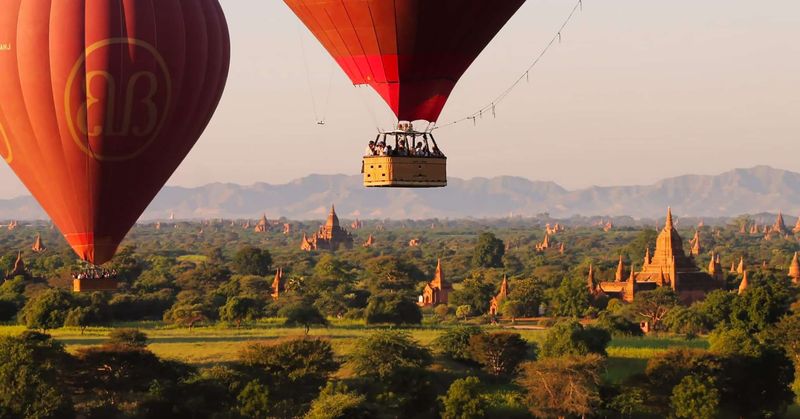
Mist clings to ancient pagodas as hot air balloons drift silently overhead at dawn. The only sounds are distant temple bells and the occasional bleating goat.
Bagan’s plains hold over 2,000 Buddhist temples dating back to the 11th century. Rent an e-bike to explore freely, stopping at lesser-known structures where you might find yourself completely alone among centuries of history.
10. Zhangjiajie National Forest, China

Mist swirls around towering sandstone pillars that inspired the floating mountains in Avatar. Tiny cable cars swing between peaks, offering vertigo-inducing views of the landscape below.
Zhangjiajie’s glass walkways test your courage with transparent floors 4,700 feet above the ground. Early morning hikes reward with fewer crowds and the magical experience of watching clouds form and dissolve around the stone columns.
11. Cappadocia, Turkey
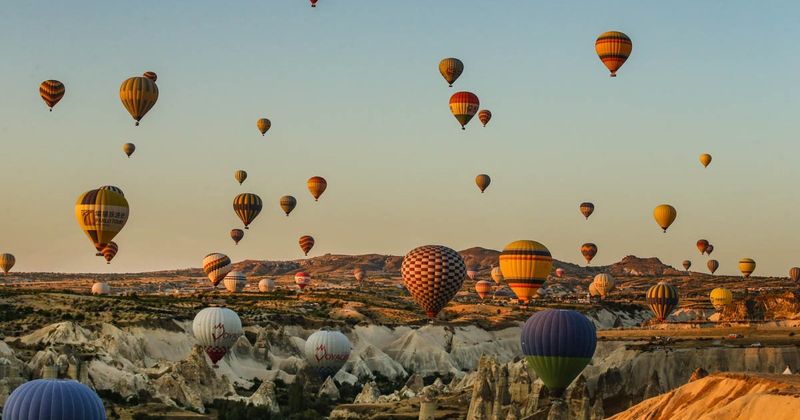
Honeycombed hills hide ancient churches carved directly into soft tufa rock. Early Christians once hid from persecution in these elaborate underground cities that could shelter thousands.
Cappadocia’s fairy chimneys create a landscape unlike anywhere else. Wake before dawn to watch hundreds of hot air balloons rise simultaneously over the surreal terrain, creating what might be the world’s most spectacular daily ritual.
12. Waitomo Glowworm Caves, New Zealand
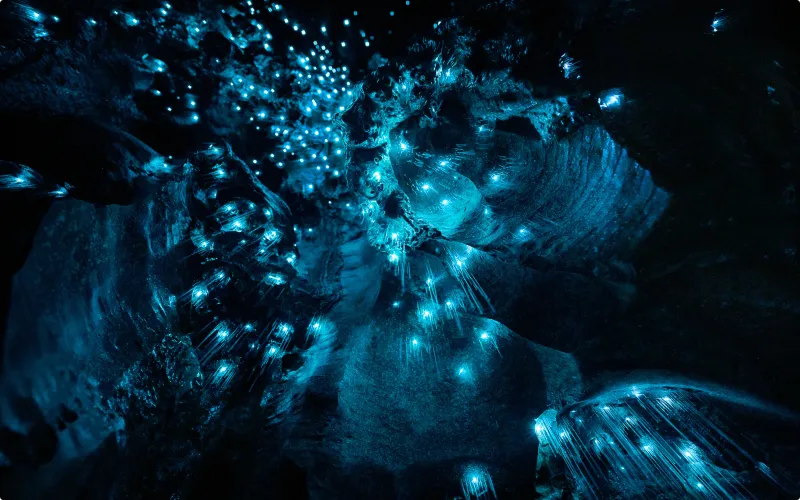
Thousands of tiny blue lights cover the ceiling like living constellations. Complete silence envelops you while drifting on underground rivers beneath this bioluminescent wonder.
Waitomo’s glowworms are actually larvae that produce light to attract prey. Local Maori guides share stories of their ancestors discovering these caves, adding cultural depth to what feels like floating through space in this subterranean galaxy.
13. The Blue Lagoon, Iceland
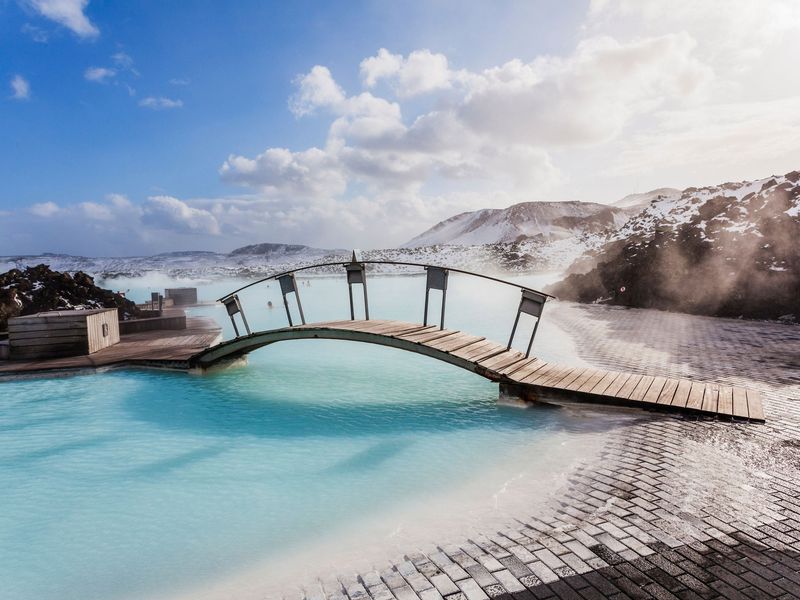
Astronomical prices for what amounts to bathing in industrial runoff from a geothermal power plant. The Instagram-famous milky blue water is artificially maintained and packed shoulder-to-shoulder with selfie-taking tourists.
Iceland offers dozens of natural hot springs with authentic experiences. The Blue Lagoon requires advance booking, often months ahead, for the privilege of sharing cloudy water with hundreds of strangers in what feels like an overcrowded swimming pool.
14. Santorini During Summer, Greece

Cruise ships disgorge thousands of passengers daily into narrow streets built for a fraction of that number. The famous sunset views involve jostling for space among sweaty crowds all attempting the same photos.
Santorini’s infrastructure buckles under tourism pressure. Water shortages plague the island while prices soar to absurd levels. Visit in early spring or late fall instead, when the beauty can actually be appreciated without feeling like you’re in a human stampede.
15. Dubai’s Artificial Islands, UAE
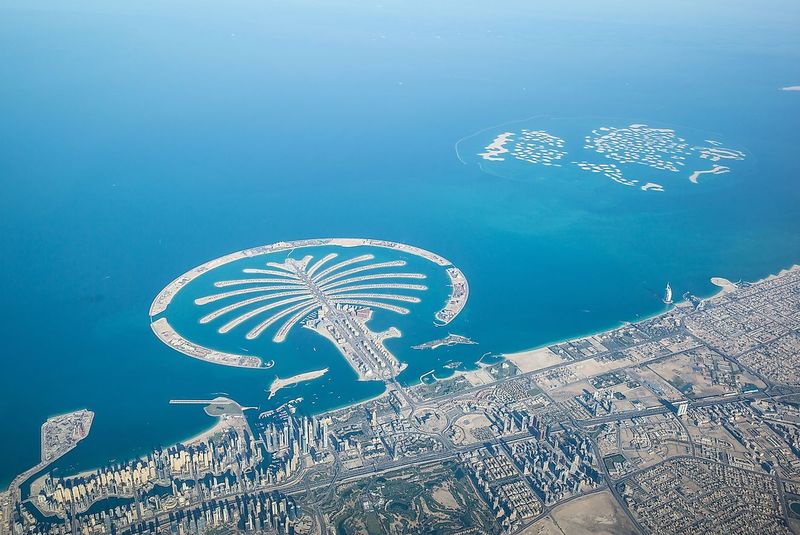
Environmental devastation masquerading as luxury real estate. The Palm Jumeirah’s construction destroyed marine ecosystems while creating stagnant water quality issues that plague residents.
These islands look impressive only from satellite images. At ground level, they’re just ordinary developments with beach access. The World Islands project largely sits abandoned, its grand vision of country-shaped islands deteriorating back into the sea despite billions spent.
16. Bali’s Monkey Forest, Indonesia

Aggressive macaques trained to steal from visitors create a stressful experience rather than the spiritual encounter promised. Monkeys grab glasses, phones, and bags while guides encourage feeding behaviors that worsen the problem.
Rabies remains a concern despite official reassurances. The temple complex itself holds cultural significance, but the monkey interactions feel exploitative and potentially dangerous, especially for children or anyone uncomfortable with unpredictable animal behavior.
17. Taj Mahal, India
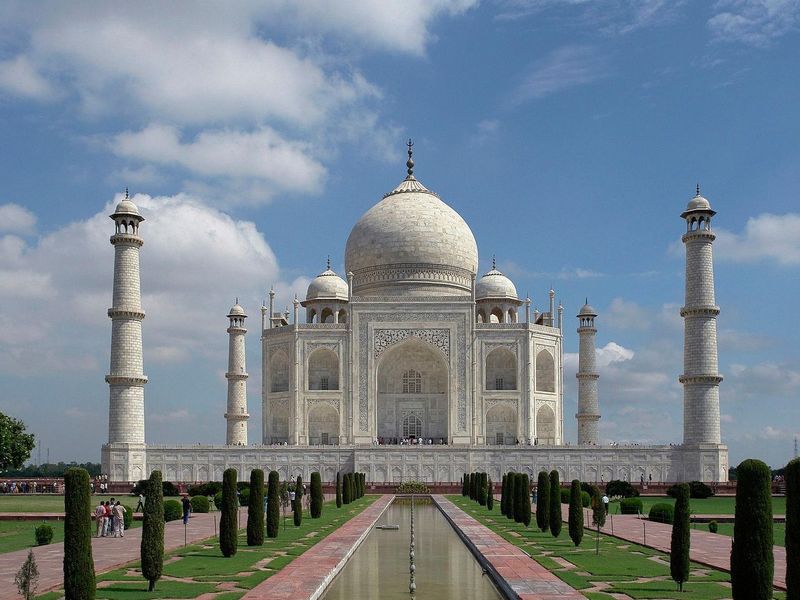
Massive crowds diminish the monument’s majesty despite strict time limits on visitors. The surrounding city of Agra offers little beyond the famous mausoleum, with persistent pollution often obscuring the iconic white marble.
Aggressive touts harass visitors constantly. The Taj itself remains architecturally stunning, but the experience feels rushed and commercialized. India offers countless other magnificent monuments with fraction of the crowds and more authentic cultural experiences.
